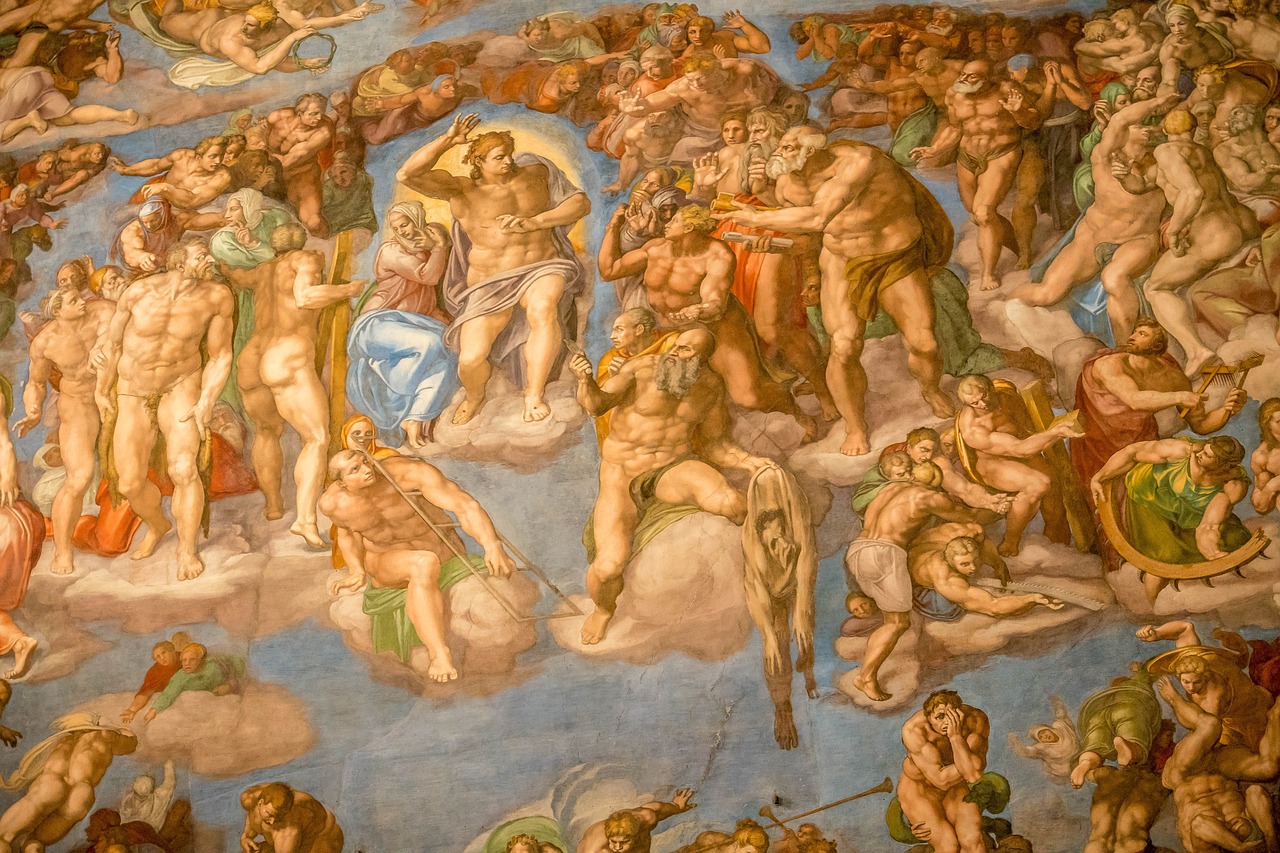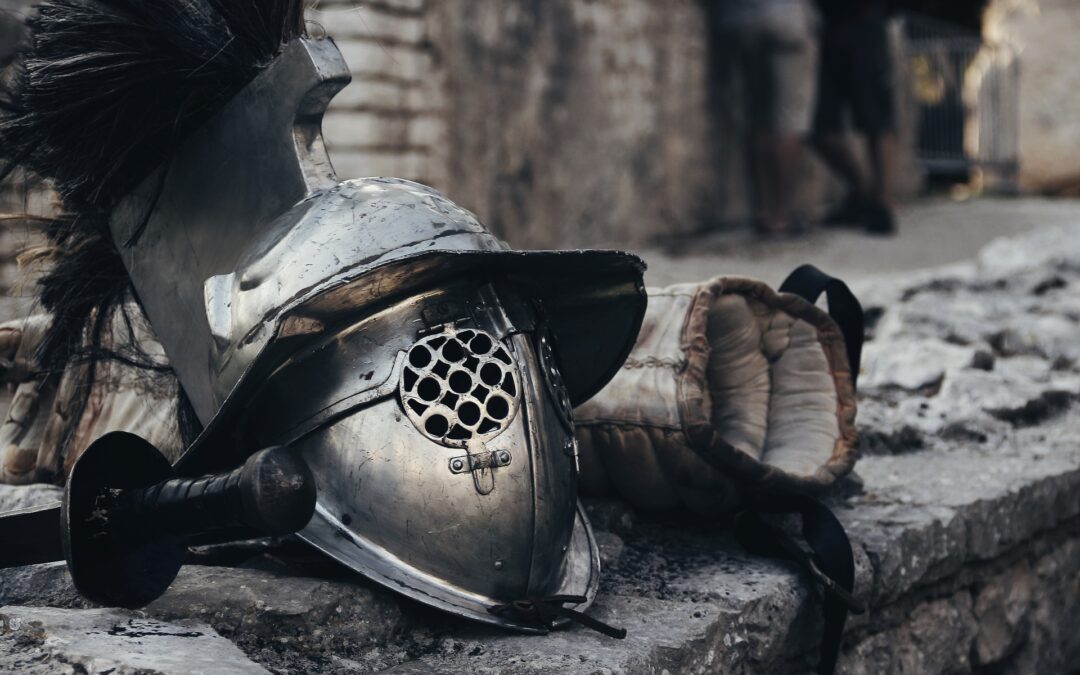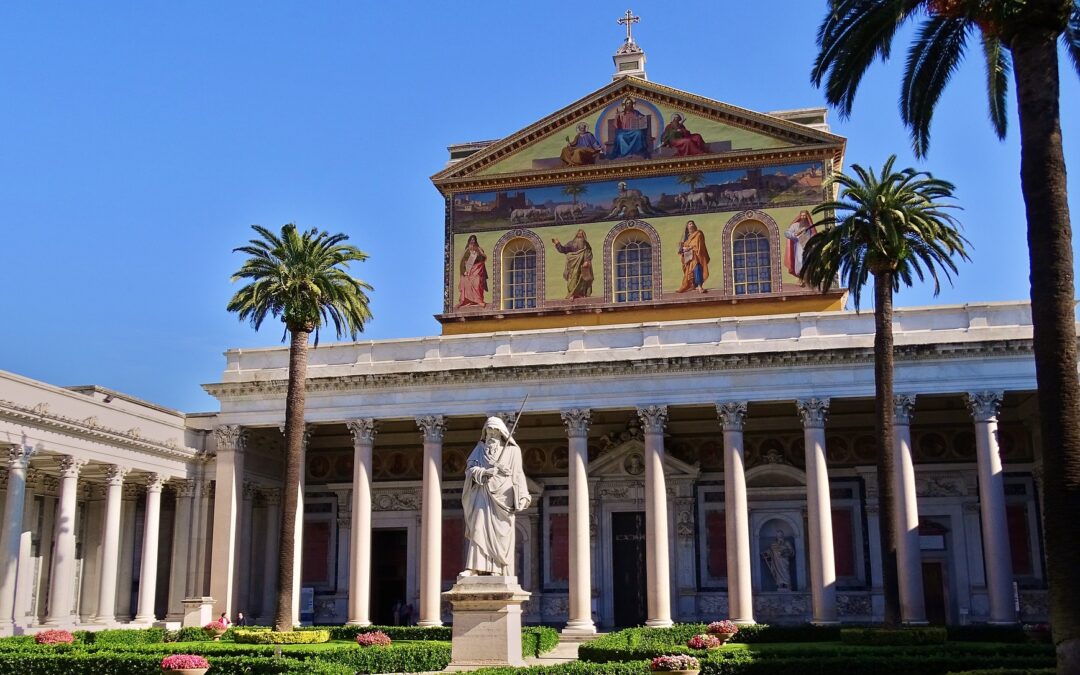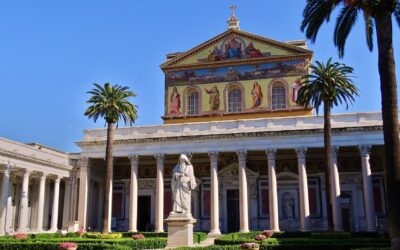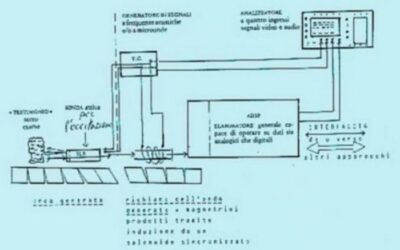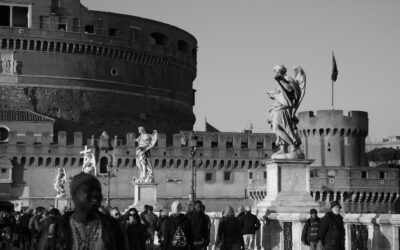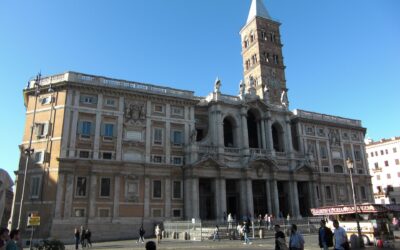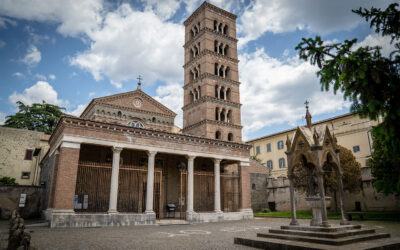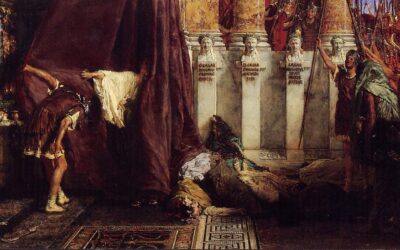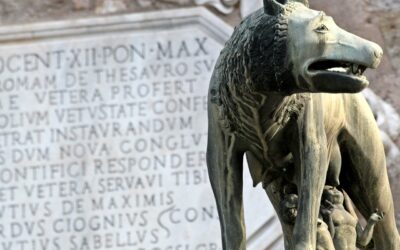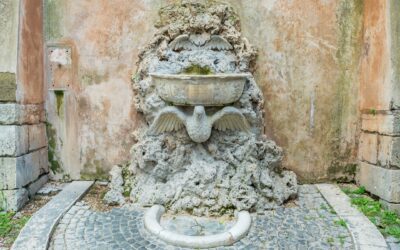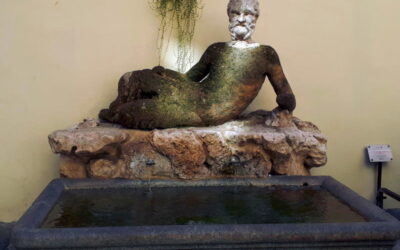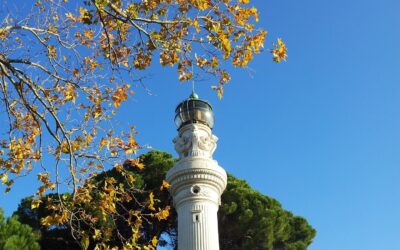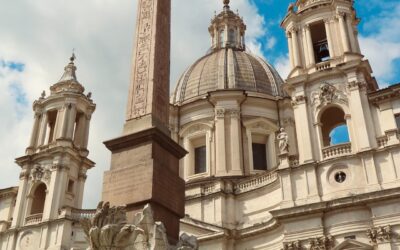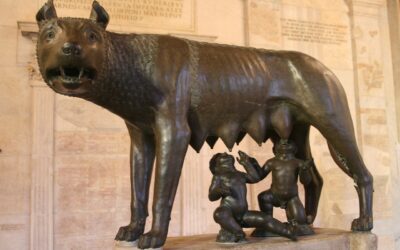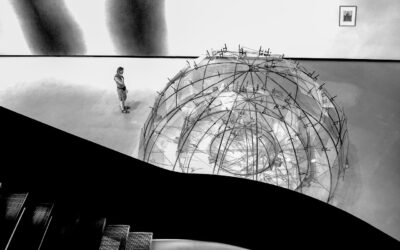“The Last Judgment,” one of the most renowned masterpieces of Renaissance art, stands as a testament to the brilliance of Michelangelo Buonarroti. Painted on the altar wall of the Sistine Chapel in Vatican City, this awe-inspiring fresco depicts the final judgment of souls as foretold in Christian theology. In this comprehensive analysis of “The Last Judgment,” we will explore the profound allegories and symbolic representations present in the artwork. By delving into the details of this timeless work, we aim to gain a deeper understanding of its theological significance and the complexities of salvation and damnation.
- The Background of “The Last Judgment”:
The Sistine Chapel, located within the Vatican Palace, is a place of great spiritual and historical significance. Pope Julius II commissioned Michelangelo to paint the chapel’s ceiling, a project that spanned from 1508 to 1512. The awe-inspiring frescoes on the ceiling, depicting scenes from the Book of Genesis, have become immortalized as some of the greatest works of art in history.
After the completion of the ceiling, Michelangelo returned to the Sistine Chapel two decades later, responding to the request of Pope Clement VII and Pope Paul III. The pontiffs wanted a powerful representation of “The Last Judgment” on the altar wall to emphasize the Church’s teachings on salvation and redemption.
- The Composition of “The Last Judgment”:
“The Last Judgment” is a massive fresco, measuring approximately 44 feet by 41 feet, covering the entire altar wall of the Sistine Chapel. It portrays the Second Coming of Christ and the final judgment of souls, as described in the New Testament’s Book of Revelation and Gospel accounts.
The central figure in the fresco is Christ himself, depicted in a triumphant pose with arms outstretched, surrounded by a golden halo. He separates the blessed, who ascend to heaven, from the damned, who are consigned to eternal damnation.
- The Allegories and Meanings:
a. Christ’s Central Figure:
At the heart of “The Last Judgment” is Christ as the judge of souls. His prominent position and imposing stance signify his divine authority and the centrality of his role in determining the fate of humanity. Christ’s muscular and dynamic form reflects Michelangelo’s exceptional skill in depicting the human body and his belief in the beauty and majesty of the human form as a divine creation.
b. The Virgin Mary and St. John the Baptist:
Positioned to Christ’s right and left, the Virgin Mary and St. John the Baptist act as intercessors for humanity. The Virgin Mary, traditionally associated with mercy and compassion, pleads for the salvation of souls. St. John, known as the Baptist, symbolizes the baptism of repentance, a call for humanity to turn away from sin and seek redemption.
c. The Blessed and the Damned:
Surrounding Christ are the blessed and the damned, depicted in various states of joy and anguish. The blessed, with expressions of exultation and gratitude, ascend towards heaven, while the damned, with contorted and tormented faces, fall towards hell. This portrayal emphasizes the stark contrast between salvation and damnation and serves as a warning and a call to embrace piety and righteousness.
d. Angels and Saints:
An array of angels and saints occupies the upper part of the fresco, providing a celestial chorus that witnesses and rejoices in the divine judgment. The saints, identifiable by their attributes or inscriptions, represent a diverse group from various historical periods, reflecting the universality of salvation.
e. Charon and Minos:
In the lower part of the fresco, Charon, the mythological ferryman, guides the souls of the damned across the river Styx into hell. Minos, the judge of the underworld, is depicted with a snake wrapped around his lower body, symbolizing the binding nature of divine judgment.
f. The Damned in Hell:
Michelangelo’s depiction of hell is a vivid and nightmarish tableau, with tormented figures writhing in agony. This portrayal of damnation reflects the artist’s deep understanding of human emotions and his ability to evoke powerful feelings through his art.
- Theological Interpretations:
a. Divine Justice and Mercy:
“The Last Judgment” encapsulates the theological tension between divine justice and mercy. Christ’s role as both a merciful savior and a righteous judge highlights the complexities of divine judgment. The painting’s composition embodies the concept of “Just Judge,” where Christ’s mercy is balanced by the need for righteousness and accountability.
b. The Role of Good Works and Faith:
The fresco emphasizes the significance of good works and faith in the context of salvation. The blessed are shown with open arms, symbolizing their embrace of faith and acts of piety. In contrast, the damned are portrayed with clenched fists, representing their rejection of divine grace and righteous living.
c. Redemption and the Hope of Salvation:
While the depiction of damnation may appear stark and terrifying, it serves as a reminder of the hope of salvation through repentance and divine grace. The saints and angels surrounding Christ signify the intercession of the faithful, underscoring the Church’s belief in the power of prayer and the possibility of redemption.
“The Last Judgment” in the Sistine Chapel stands as a masterpiece of profound theological significance and artistic genius. Michelangelo’s portrayal of the final judgment of souls serves as a reminder of the complexities of salvation and damnation, the role of divine justice and mercy, and the hope of redemption through faith and good works.
As visitors stand in awe before this timeless fresco, they are confronted with the urgency of embracing piety, righteousness, and compassion. The allegories and symbolic representations depicted in “The Last Judgment” continue to inspire contemplation and reflection, inviting all who gaze upon it to ponder the eternal questions of human existence and the profound mysteries of divine judgment.

